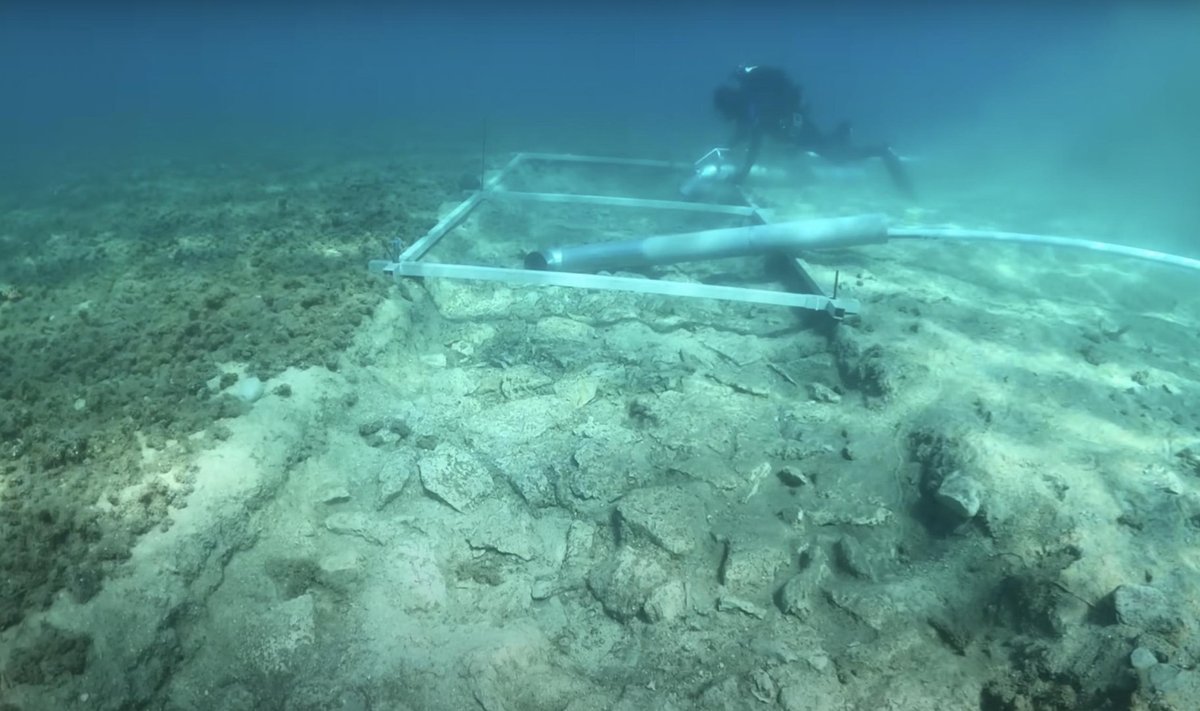At the time this road was created, our ancestors had only relatively recently moved from a hunter-gatherer lifestyle to farming with permanent settlements. Today it lies at a depth of several meters in the Adriatic Sea, but 7000 years ago it connected the island of Korcula with the nearby Stone Age settlement of Soline.
The settlement itself was discovered off the coast of Korcula only in 2021, when Matej Parich, an archaeologist from the University of Zadar, studied satellite images of the area around the island of Korcula. The seabed of the Adriatic Sea was also visible in these images, and Parich noticed interesting formations and decided that they looked man-made, not natural. You had to check it out for yourself! Parich and his colleagues went on a scuba diving expedition, and stone walls at a depth of four to five meters confirmed his hunch. Once there was an ancient settlement of the Neolithic or late Stone Age, separated from the island of Korcula by a narrow strip of land.
This archaeological evidence has been preserved due to the geography of the region. “Unlike many other places in the Mediterranean, this place is protected from big waves – the coastline is covered with many islands. It certainly helped the object survive,” Parich told Reuters in 2021 of his discovery. Like the settlement itself, the surrounding islands protected the newly discovered road from being washed away. For millennia, the carefully paved road, about four meters wide, was covered with a thick layer of mud and is now at a depth of five meters.
“People walked this road almost 7,000 years ago,” the University of Zadar wrote on its Facebook page. It was possible to date the ancient settlement thanks to the wooden details found there. From radiocarbon analysis of the preserved timber, scientists were able to suggest that the settlement was built around 4900 BC.
The surroundings of Korcula seem to hold many more such discoveries – on the opposite side of the island, in the waters off the coast, this research team also discovered a Stone Age settlement very similar to the one found in 2021. Archaeologist of the University of Zadar Igor Borzic talks about the artifacts found there – stone axes and axes, as well as the remains of the victims. Artifacts found earlier elsewhere indicate that the region of present-day Croatia had flourishing human settlements during the Neolithic, and even the remains of cheese made 7,200 years ago have been found. However, such settlements are extremely rare in the waters near the islands – evidence is usually washed away by water. The newly discovered road linking Korčula with the Stone Age settlement, which is now underwater, is another piece of the puzzle in understanding the culture of that time and how people adapted to different conditions and changed their environment.

